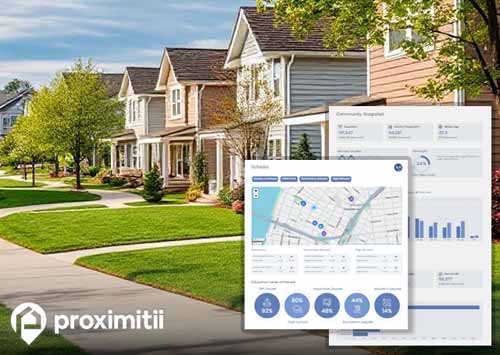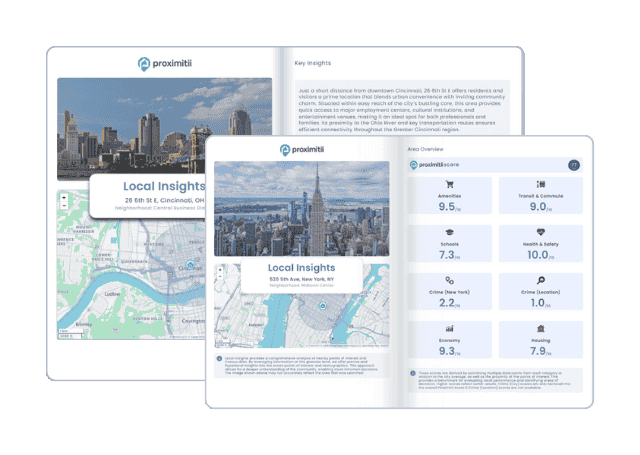| Statistic | Reportedincidents | /100k people | Hudson/100k people | New Hampshire/100k people | National/100k people |
| Total crime | 323 | n/a (estimate) | 1,258 | 1,028 | 2,119 |
| Murder | 0 | n/a | 0.0 | 1.0 | 5.0 |
| Rape | 3 | n/a | 11.7 | 33.7 | 37.5 |
| Robbery | 5 | n/a | 19.5 | 12.6 | 60.6 |
| Assault | 11 | n/a | 42.8 | 62.8 | 256.1 |
| Violent crime | 19 | n/a (estimate) | 74 | 110 | 359 |
| Burglary | 25 | n/a | 97.4 | 48.1 | 229.2 |
| Theft | 264 | n/a | 1,028.4 | 805.4 | 1,272.1 |
| Vehicle theft | 15 | n/a | 58.4 | 64.4 | 258.8 |
| Property crime | 304 | n/a (estimate) | 1,184 | 918 | 1,760 |


When we analyze the latest crime report, the Hudson crime rate is 63.1% lower than the national average. These incidents are classified into two primary categories: violent and property crimes. Violent crimes include assault, robbery, rape and murder. Whereas property crimes encompass theft, vehicle theft and burglary. In the case of Hudson, there were 16 reported violent crimes, equivalent to 63 per 100,000 individuals, 83.1% lower than the national average. Additionally, Hudson recorded 203 property crimes, amounting to 795 per 100,000 residents, 59.3% lower than the U.S. average.
With only 63 incidents per 100,000 people, Hudson boasts an exceptionally low rate of violent crimes, positioning it as one of the safest cities in the United States. Given these low violent crime rates, Hudson has become an appealing destination for individuals in search of a secure and welcoming place to establish their new home.
To get a feel for the safety of living in Hudson, it's essential to analyze both the overall crime rate and the daily incident count. Hudson presents a total crime rate that is 63% lower than the national average per 100,000 residents. Consequently, Hudson experiences an average of 0.6 daily crimes, comprising 0.04 violent incidents and 0.56 property-related offenses. This evaluation offers a comprehensive understanding of the safety landscape, aiding individuals in making informed decisions when considering relocation.
Year-over-year crime data allows us to analyze short-term trends in crime activity. By comparing crime rates from one year to the next, we can identify patterns and shifts in Hudson crime rates. This information can be invaluable for residents looking to make informed decisions on where to live. When comparing the most recent year to the previous year, total crime in Hudson has decreased by 1.4% year over year. Violent crime has decreased by 30.4% and property crime has decreased by 2%.
Hudson reports an unemployment rate of 1.3%, contrasting with the national average of 4.7%. Constrained employment opportunities or a prevalence of low-paying positions can contribute to elevated rates of unemployment and underemployment. Areas where individuals contend with joblessness or insufficient wages may display heightened susceptibility to an increase in criminal activities attributed to economic insecurity. Conversely, regions characterized by robust employment rates often witness a decrease in overall Hudson crime rates.
High population density areas are often large urban centers with diverse economic opportunities. These areas can exacerbate income inequality, with pockets of poverty existing alongside affluence. Areas with economic disparities may experience higher property crimes and, in some cases, violent crimes. On the other hand, areas with low population density tend to see lower Hudson crime rates. The population density in Hudson is 2351.3 people per square mile, while the national average is 90.6 people per square mile.
In Hudson, the ratio of police officers and civilians stands at 2.52 per 1,000 residents, contrasting with the national average of 3.25. This discrepancy highlights the potential impact of law enforcement and community policing on crime rates. The strength of their collaboration can serve as a deterrent to criminal behavior, fostering a safer environment. Effective law enforcement leans heavily on community policing strategies that prioritize the cultivation of trust and cooperation between police and residents. It's essential to recognize that the effectiveness of these efforts isn't solely tied to the quantity of officers but also hinges on the quality of their engagement with the community.

Why stop at city-to-city? With Local Insights, you can compare neighborhoods, zip codes, or even exact addresses. Access 300+ hyperlocal data points—from schools and crime to housing and amenities—to see which area is the better fit.

| Item | Hudson | New Hampshire | National |
| Law enforcement employees (officers & civilians) | 62 | 1,969 | 558,732 |
| Police officers & civilians /1000 residents | 2.5 | 2.4 | 3.3 |
| State | Total offenders | New Hampshire /100K | National /100K |
| New Hampshire | 2,616 | 204 | 266 |
| City | Population | Violent crime/100k people | Property crime/100k people | Total crime/100k people |
| Groton, MA | 1,127 | 44 | 192 | 235 |
| Pepperell, MA | 2,685 | 109 | 368 | 476 |
| Milford, NH | 8,644 | 36 | 448 | 484 |
| Londonderry, NH | 12,053 | 41 | 445 | 486 |
| East Pepperell, MA | 1,916 | 112 | 397 | 509 |
| Townsend, MA | 1,276 | 109 | 481 | 591 |
| East Merrimack, NH | 4,786 | 72 | 603 | 675 |
| Hudson, NH | 7,230 | 74 | 1,184 | 1,258 |
| City | Population | Violent crime/100k people | Property crime/100k people | Total crime/100k people |
| Midland Park, NJ | 7,230 | 42 | 661 | 703 |
| Wauseon, OH | 7,229 | 256 | 1,351 | 1,608 |
| Gibsonville, NC | 7,232 | 177 | 925 | 1,102 |
| Ridgefield, CT | 7,228 | 24 | 281 | 305 |
| Stanwood, WA | 7,228 | 106 | 982 | 1,088 |
| Hudson, NH | 7,230 | 74 | 1,184 | 1,258 |